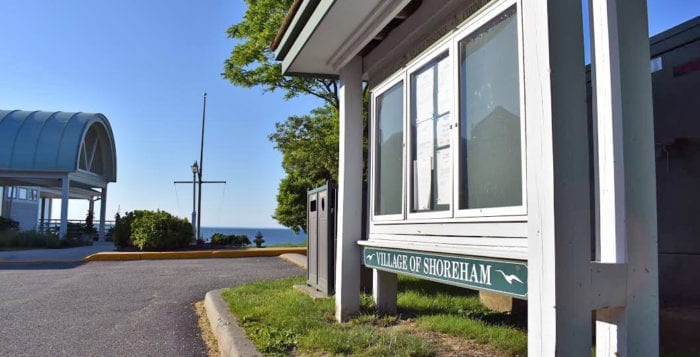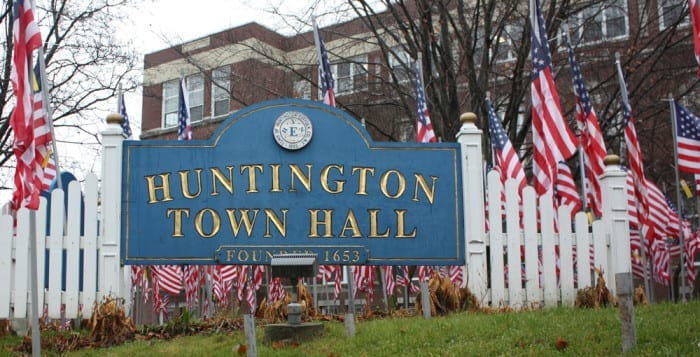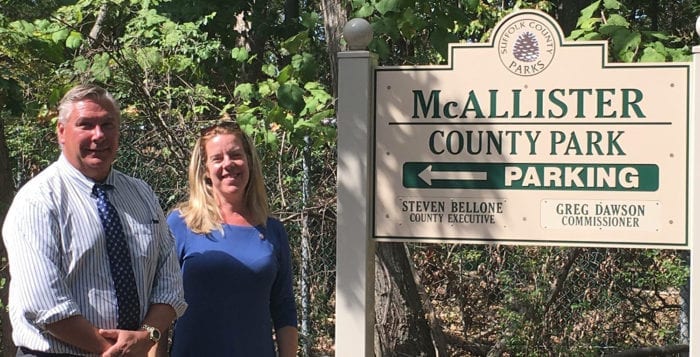Port Jefferson Village residents cast their ballots in favor of the status quo June 19.
Incumbent trustees Bruce D’Abramo and Bruce Miller won their seats back in an extremely tight race Tuesday, leaving challenger Kathianne Snaden the odd-candidate-out in a three-way battle for two positions.
Miller lead the way garnering 382 votes. The margin between D’Abramo and Snaden was just four votes — 345 for the incumbent to 341 for the challenger. Village Clerk Robert Juliano said the count included all absentee ballots, and as of Wednesday morning he had received no notice of a request for a recount. Snaden said in a phone interview she intended to request a hand count of the ballots in the coming days based on the slim margin.
“I’m ready to get back in the harness and keep pulling on the rope,” Miller said in a phone interview, thanking the community for supporting him. He also congratulated his colleague D’Abramo and thanked Snaden for running what he called an energetic and clean race.
 He secured his third term on the board, after previously spending 12 years on Port Jefferson School District’s board of education. Miller ran on his willingness to advocate for residents of the village, especially regarding the potential property tax implications of an impending settlement with Long Island Power Authority to handle a years-long legal battle about the plant’s property tax assessment, which the utility has contended is too high based on current energy output and demand at the power station. He has also been a staunch opponent of financial assistance packages being awarded by the Suffolk County and Brookhaven Industrial Development Agencies, which have led to the construction of multiple large-scale apartment complexes in the village during the last several years.
He secured his third term on the board, after previously spending 12 years on Port Jefferson School District’s board of education. Miller ran on his willingness to advocate for residents of the village, especially regarding the potential property tax implications of an impending settlement with Long Island Power Authority to handle a years-long legal battle about the plant’s property tax assessment, which the utility has contended is too high based on current energy output and demand at the power station. He has also been a staunch opponent of financial assistance packages being awarded by the Suffolk County and Brookhaven Industrial Development Agencies, which have led to the construction of multiple large-scale apartment complexes in the village during the last several years.
D’Abramo earned his fifth two-year term as a trustee with his narrow victory.
“Couldn’t be happier,” he said in an email. “I love this village and love being a trustee. I’m looking forward to the next two years.”
During the campaign, he touted his experience as a buildings and grounds superintendent for two East End districts, in addition to his years as the board’s liaison to the village Building and Planning Department, all part of his 35 years of municipal experience, he said.
“I think I bring an important talent to the Village of Port Jefferson,” he said of his experience in overseeing large construction contracts and projects, making sure they were completed on time and on budget, D’Abramo said during a meet the candidates event.
Snaden said in a phone interview she still intends to be engaged in trying to improve the community despite the defeat.
“It was a close race,” she said. “The fact I was [four] votes away only shows there is a need for what I can bring to the village. I definitely plan to stay active and involved in the community. I’m not going anywhere.”

















